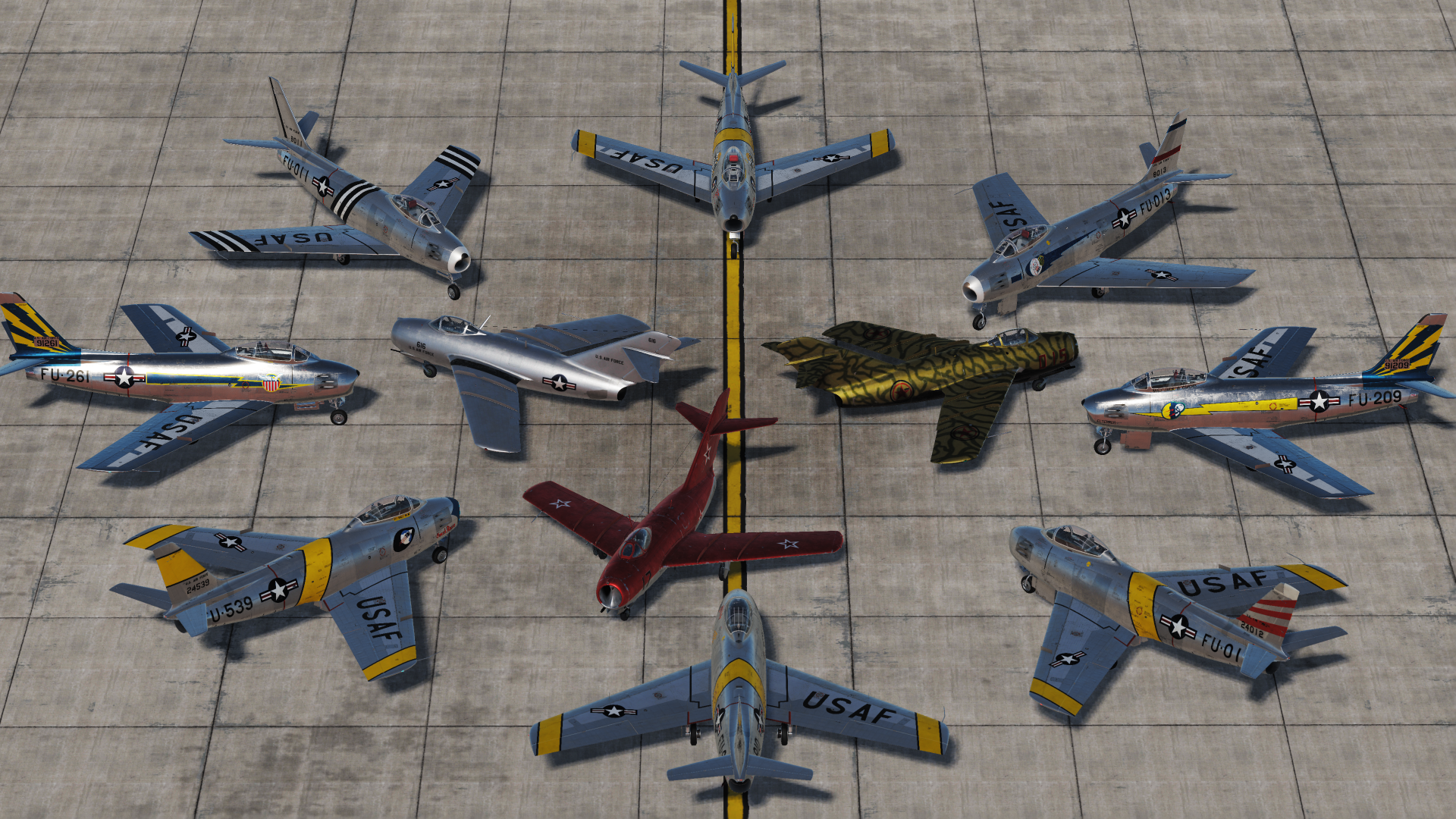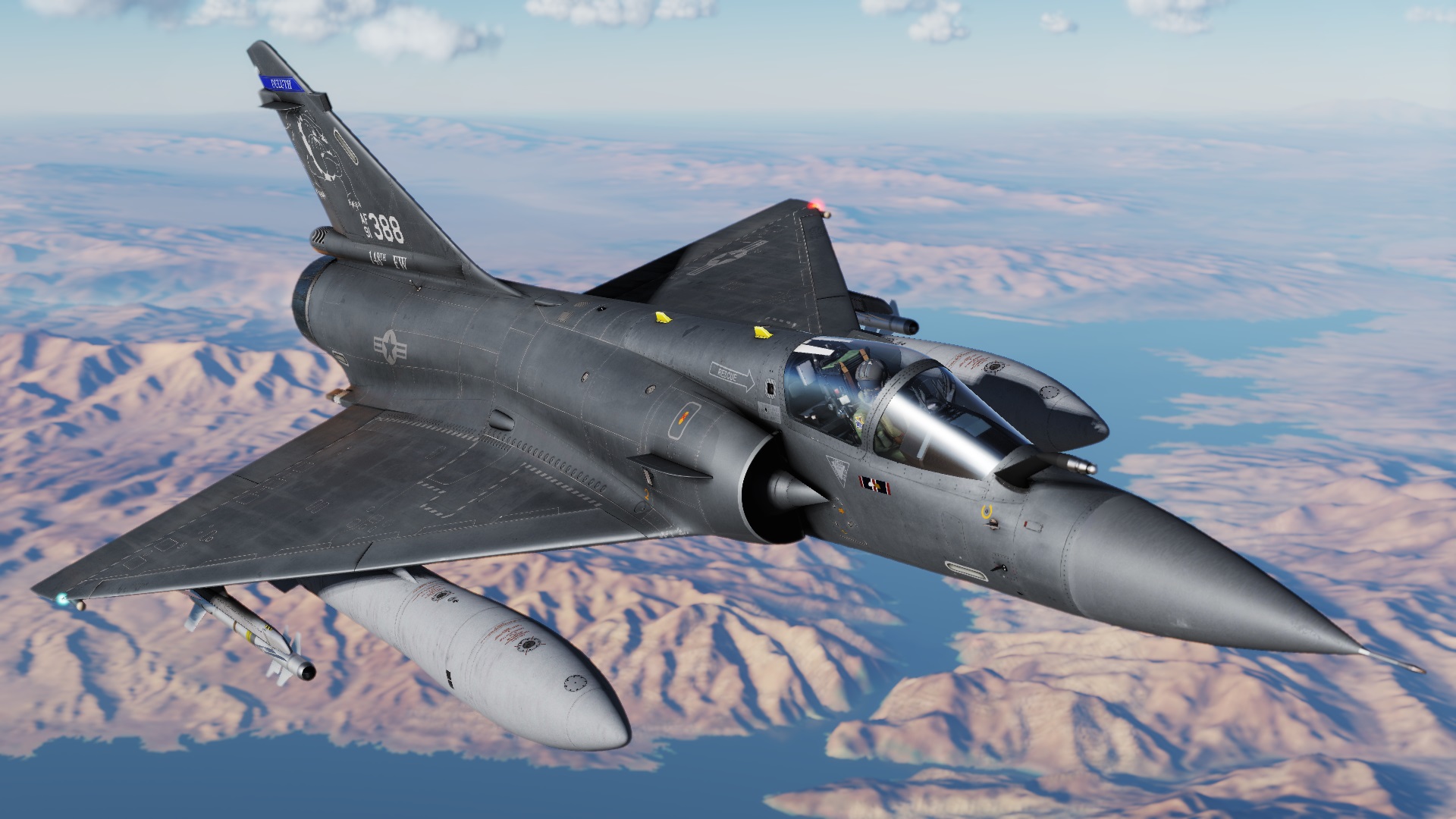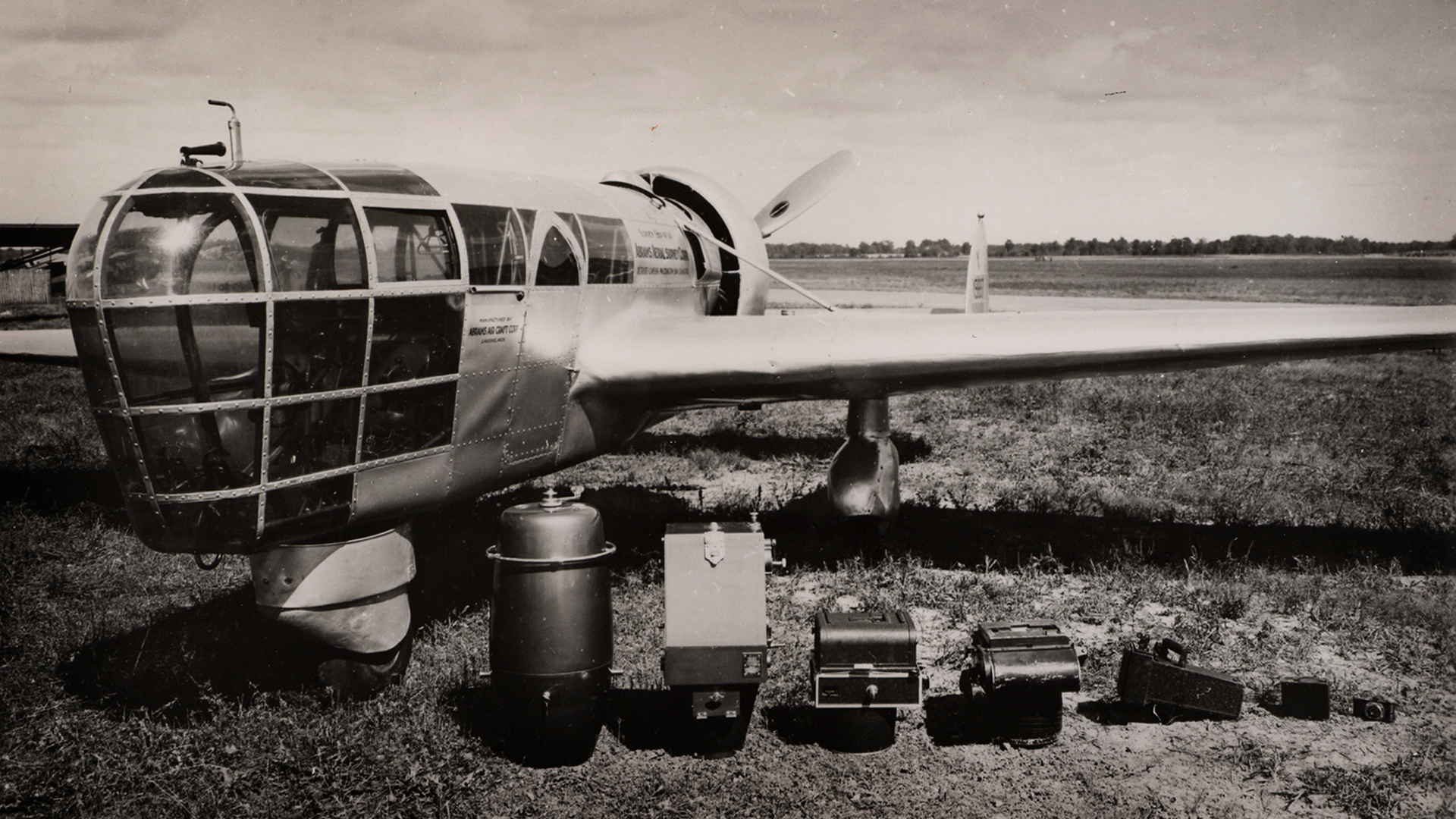Mach3DS
Charter Member
Oh I finally get what you're saying Gordon! Lol...a little slow today! Yes, in order to paint in Quixel you'd need the model to be pre export. The solution that DCS had come up with so far it's to have a proprietary model file extension...and a model viewer. Kind of like MCX. Allowed you to see the model and paint without loading the sim. However this doesn't solve the issue if painting directly in Quixel with the advantages of using the application for what it was designed! Your idea of login is non-invasive and would work well for both parties.

 (still watching your 101)
(still watching your 101)








